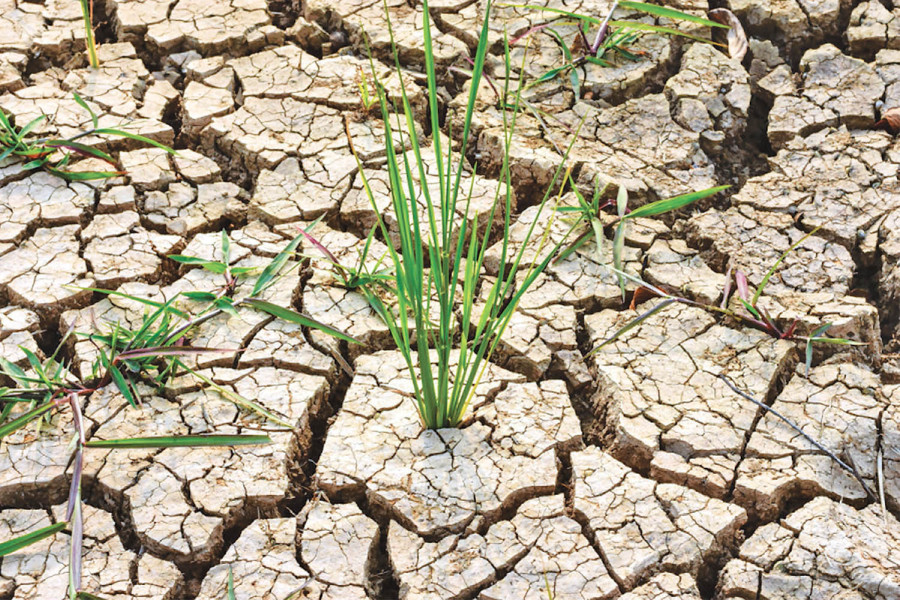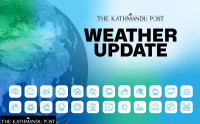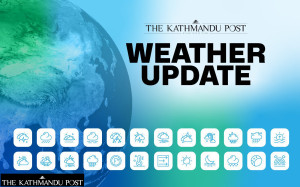Weather
Nepal braces for hotter and drier winter
A few hilly areas of Karnali and Sudurpaschim Province saw light to moderate rainfall on Monday. Weather to clear from today.
Post Report
Most parts of the country are likely to witness low rainfall during the three months of winter (December 1 to February 28), according to the forecast by the Department of Hydrology and Meteorology.
Likewise, the maximum and minimum temperatures may remain above average during this period.
Nepal is one of the world’s most vulnerable countries to the climate crisis and has witnessed extreme weather events in the past decade and a half.
Evidence indicates that the maximum temperature in Nepal is rising at a greater rate (0.05 degrees Celsius per year) than the minimum temperature (0.03 degrees Celsius per year).
The department’s Climate Section issued a three-month weather forecast that says there is a 55 to 65 percent chance of below-average rainfall in the southern parts of Koshi Province and eastern parts of Madhesh Province. There is a 45 to 55 percent chance of below-average rainfall in southern parts of Sudurpaschim Province, Karnali, a few areas of Lumbini, eastern and southern parts of Gandaki, Bagmati, western parts of Madhesh and western parts of Koshi Province. The remaining parts of the country could witness below-average rainfall, and its chance is 35 percent to 45 percent, according to the department’s report.
Likewise, the maximum temperature could remain above average during the winter months. According to the department, there is a 45 to 55 percent likelihood of above-average maximum temperatures in the central and eastern parts of Karnali Province, eastern parts of Lumbini Province, Gandaki Province, western parts of Bagmati Province, and Madhesh Province. The rest of the country could also witness above-average maximum temperatures.
Minimum temperatures are likely to stay above average from December to February. According to the Met Department, there is a 55 to 65 percent chance of minimum temperatures remaining above average in most parts of Bagmati Province and western parts of Madhesh Province. Most of Karnali Province, Lumbini Province, southern and western parts of Gandaki Province, eastern parts of Madhesh Province and southern parts of Koshi Province have a 35 percent to 45 percent chance of above-average minimum temperatures.
Experts say extreme weather events—excessive rainfall in a short span of time, continuous rainfall for several days in the post-monsoon period, dry spells and drought, below-average rainfall and above-maximum temperature in winter—have become more pronounced and frequent in Nepal in recent years.
Meanwhile, a few hilly areas of Karnali and Sudurpaschim Province witnessed light to moderate rainfall on Monday.
According to the Meteorological Forecasting Division under the Department of Hydrology and Meteorology, there is also a chance of light to moderate snowfall at many high hilly and mountainous regions of Karnali Province, Sudurpaschim Province, as well as in some high and mountainous regions of Koshi, Bagmati, and Gandaki provinces.
“There is also a chance of light rainfall in hilly areas of Koshi, Bagmati and Gandaki Province,” said Rojan Lamichhane, a meteorologist at the division. “Weather disturbances caused by western disturbances will improve from Tuesday, but mist and haze will continue.”




 6.12°C Kathmandu
6.12°C Kathmandu





